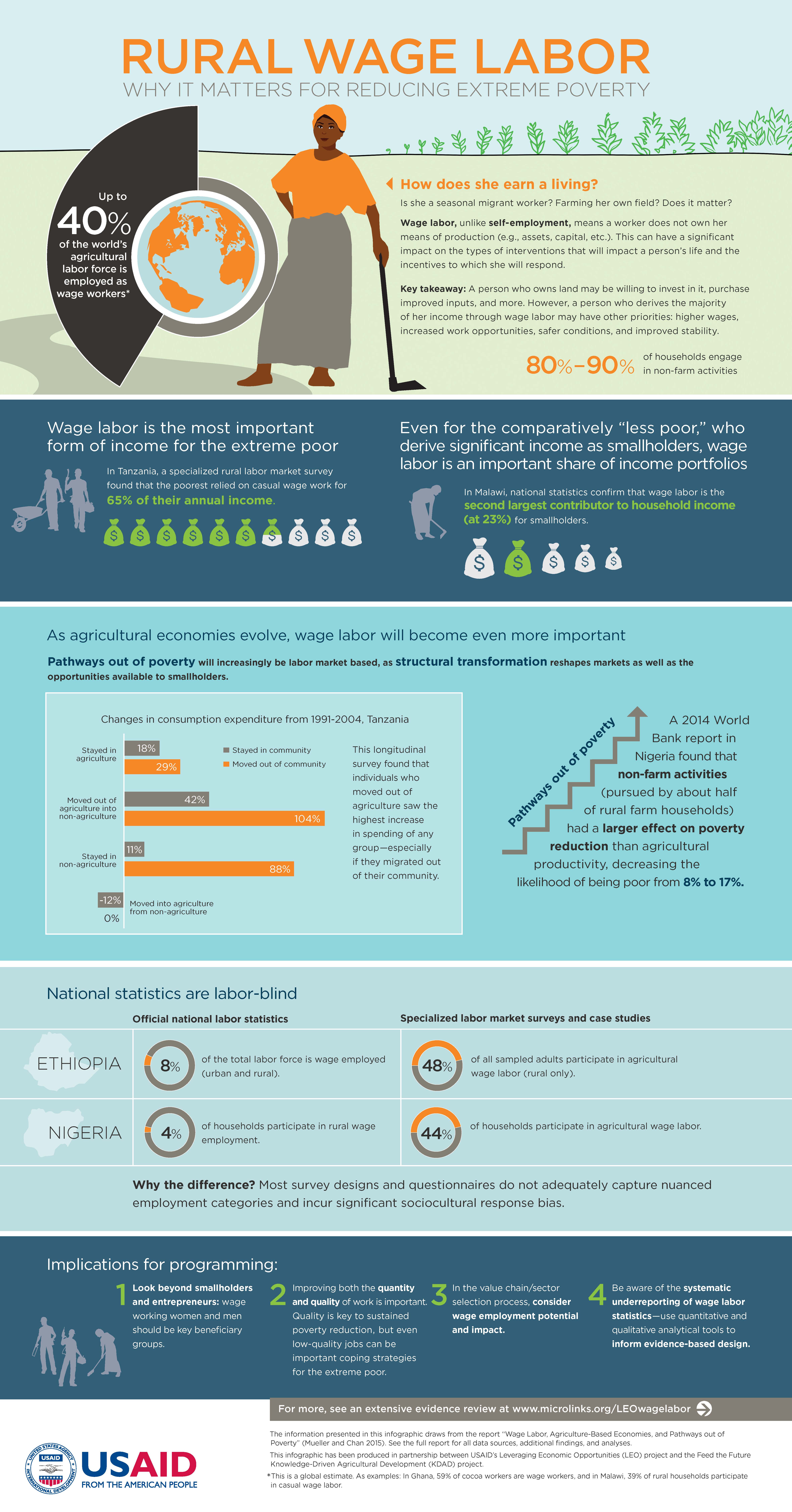In Case You Missed It!
I’m in the midst of packing my bags for a summer getaway, and I realized that many of you will be doing the same over the next month. So it’s time to take stock of all the things that we’ve been meaning to read but never did. Luckily, packing up the best of our blog series is as easy as grabbing that iPad that you’ll be taking anyway.
When we launched this market systems blog in late November, I tried to manage my expectations. I knew that doing a blog well is difficult. Creating interesting content, week after week, takes more effort that most people realize. So as I take stock now, a little more than seven months later, I’m amazed. We’ve had 30 posts from nearly as many authors. And, in total, we’re going to surpass 4,000 reads before the end of July.
What do the details look like under those aggregate numbers? Well, you’re in luck.
Here I present to you the five most read posts:
- Show Me the Data: Self-Employment, AKA Microenterprise
“The default ways of supporting [microenterprises, or self-employment] are to provide capital and business training. The question is: Does this always work? As one of my fellow economists likes to quip, ‘In God we trust. All others must show their data.’ So let’s look at the evidence...” - Need a Good Holiday Gift? There’s a Little Something for Everyone Concerned About Gender Equality
Peruse a “...veritable cornucopia for resources on women’s economic empowerment. In case you’ve hoped for some evidence to convince a recalcitrant colleague that including 50 percent of the population in the economy is a good thing, or just wanted to replace ‘soft’ ideology with good, hard numbers, you’re in luck.” - Why Rural Women Don’t Work
Contemplate why “[w]omen are ‘missing’ from visible, rural labor markets in many contexts…it’s not just because we are failing to count them. There are real social and economic barriers to women’s ability to access even the meager jobs that do exist.” - Still Need a New Year’s Resolution? Resolve to Think Differently About Women’s Empowerment
Connect to a “...framework on Women’s Economic Empowerment: Pushing the Frontiers of Inclusive Market Development. Think differently about how markets can be an empowering force for marginalized and exploited women in economies around the world.” - Push/Pull: Just Another Buzz Word?
Think through “...push strategies (which build capacities, such as assets, skills, networks, and behaviors, of the poorest to engage in markets) and pull strategies (which expand the diversity and quality of accessible economic opportunities) to drive more beneficial and sustained inclusion of the extreme poor into market systems through a dynamic process of change.”
But sometimes it’s important to look beyond the numbers. I also want to share the posts that have shifted my thinking.
Here are the pieces that I’ve personally found most provocative:
- Lack of financing is often named as a constraint for business growth. Year after year, the same issues surface. We keep trying to find the right way to address the debt and equity needs of SMEs. But the findings discussed in Do We Need a Different Investment Plan for Agricultural SMEs? were a new story. I’ve found myself regularly referencing this work during speculative conversations as to why business owners make certain choices, especially in terms of finance.
- They say the devil’s in the details, which I think is often true. But sometimes we need to pull back from the details of our day-to-day to consider the bigger strategy. Considering the Role of the Multiplier in Building Inclusive Market Systems is good food for thought in that direction. Don’t be intimidated.
- We had a three-post run on resilience that started with Market Systems: Late to the Resilience Party. Resilience became “hot” about three years ago. Since then we’ve all been eager to see lessons learned from the first attempts to bridge humanitarian and development assistance. But, are we thinking through how market systems fit into this? The paper behind this post shows that we have more to learn than we originally thought. Check it out so you can help us fill the gaps.
- And finally, the seven posts on wage labor are my top CAN’T MISS. This mini-series started with a look at labor-blindness and proceeded to explore multiple issues around wage work within market systems.
The wage labor mini-series was launched from an extensive evidence review that is recapped in Drawing the Links Between Wage Work and Poverty Reduction. The more we dug into the evidence, the more we wanted to examine more broadly in the frame of our market systems work.
It was then that I realized we need a third beneficiary. Beyond the farmer. Beyond the entrepreneur. To really make a difference in the lives of the poor, we need to have eyes on the wage worker. Actually, a given beneficiary is likely part-farmer, part-entrepreneur, and part-wage worker, depending on the season, week, or day. I’m not sure that seven posts unpacked all that we need to consider on this issue, so it’s likely to come up again in the coming months.
And I know there is more exciting learning out there to share! Please email us at marketlinks@marketlinks.org if you’d like to contribute along these themes or others.
Now, pack those bags. Bookmark these posts. And please don’t hog the summer reading fun. Do share with your colleagues!



